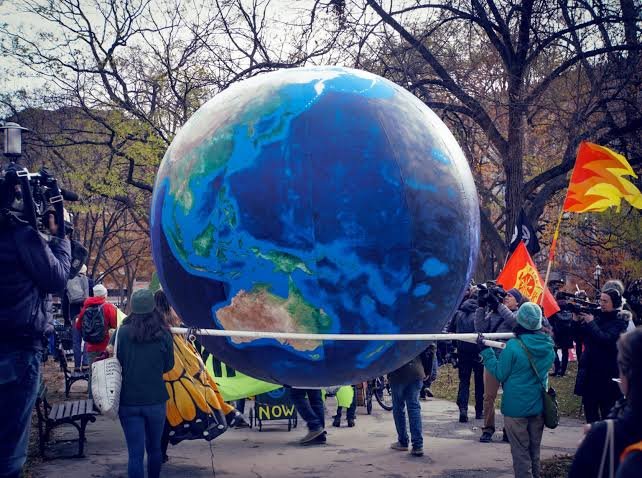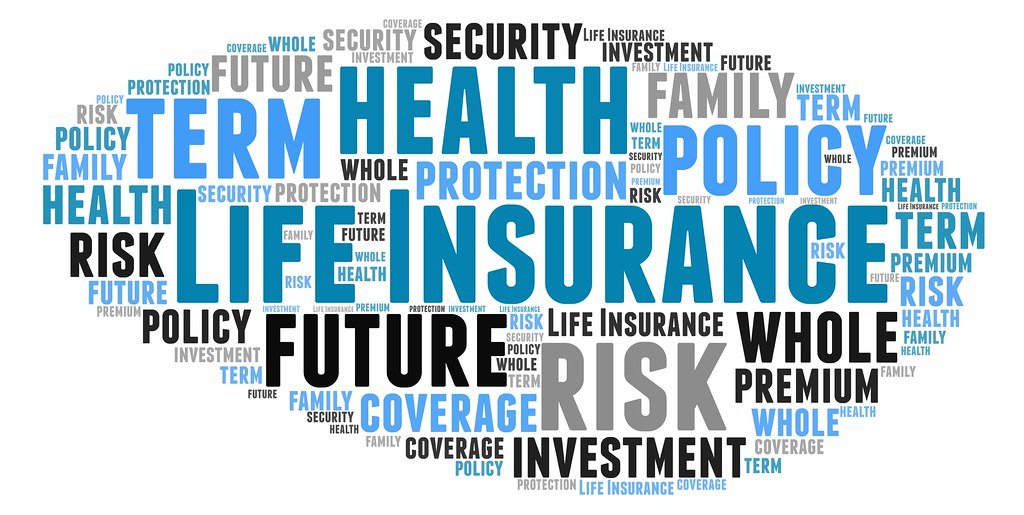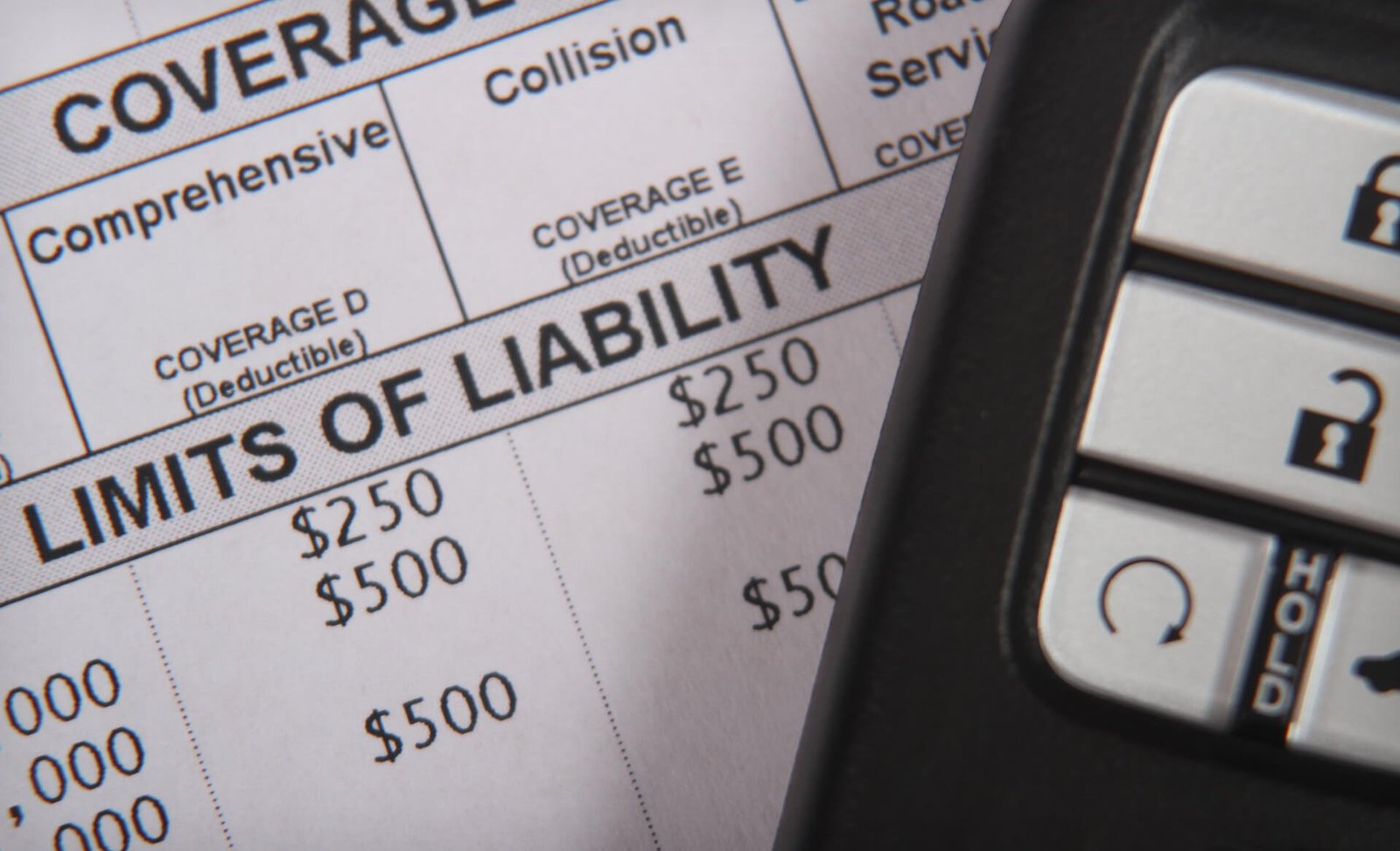How Climate Change is Affecting Home Insurance Rates
Climate change is having a profound impact on many aspects of our lives, including home insurance rates. As the frequency and severity of natural disasters increase, insurance companies are adjusting their risk models and pricing strategies to reflect the new reality. Here’s how climate change is affecting home insurance rates and what homeowners need to know.
1. Increased Frequency and Severity of Natural Disasters
Impact on Insurance Rates:
- Higher Claims: More frequent and severe weather events, such as hurricanes, wildfires, floods, and severe storms, lead to an increase in insurance claims.
- Higher Premiums: To cover the rising cost of claims, insurance companies are raising premiums, especially in high-risk areas.
Examples:
- Hurricanes and Coastal Areas: Areas prone to hurricanes, like the Gulf Coast and Eastern Seaboard, have seen significant premium increases due to the heightened risk of storm damage.
- Wildfires and the West Coast: States like California face higher premiums due to the increased frequency and intensity of wildfires.
2. Changes in Risk Assessment Models
Impact on Insurance Rates:
- Advanced Modeling: Insurers are using more sophisticated models to predict climate-related risks. These models incorporate a wide range of data, including historical weather patterns, climate projections, and geographic information.
- Localized Risk Assessment: Premiums are becoming more localized, with rates varying significantly even within the same region based on specific risk factors like proximity to water, elevation, and local vegetation.
Examples:
- Flood Risk: Homes in flood-prone areas may see higher premiums or be required to purchase additional flood insurance.
- Fire Risk: Properties near forests or in areas with high vegetation density may face increased rates due to the higher risk of wildfires.
3. Rising Costs of Rebuilding and Repairs
Impact on Insurance Rates:
- Inflation and Demand Surge: The cost of building materials and labor often spikes after major disasters, increasing the cost of claims. Insurers factor these potential costs into their premiums.
- Stricter Building Codes: New building codes and regulations designed to make homes more resilient to climate change can increase construction costs, which in turn raises insurance premiums.
Examples:
- Post-Disaster Rebuilding: After a major hurricane or wildfire, the surge in demand for materials and labor can drive up rebuilding costs, reflected in higher premiums.
- Resilient Construction: Homes built to newer, stricter codes may initially cost more to insure due to higher construction costs, although they may benefit from lower premiums in the long run due to reduced risk.
4. Changing Insurance Availability
Impact on Insurance Rates:
- Non-Renewal of Policies: In high-risk areas, some insurers are choosing not to renew policies, leaving homeowners to find new coverage, often at higher rates.
- State-Run Insurance Programs: In some cases, homeowners must turn to state-run insurance programs as private insurers withdraw from high-risk markets. These programs often come with higher premiums and limited coverage.
Examples:
- California Wildfires: Some insurers have stopped writing new policies or renewing existing ones in wildfire-prone areas, pushing homeowners to the California FAIR Plan, which can be more expensive and offer less coverage.
- Flood Insurance: In flood-prone areas, private insurers may limit coverage, forcing homeowners to rely on the National Flood Insurance Program (NFIP), which is undergoing reforms that could increase premiums for many policyholders.
5. Mitigation and Adaptation Efforts
Impact on Insurance Rates:
- Incentives for Risk Reduction: Insurers may offer discounts or lower premiums for homeowners who take steps to mitigate risk, such as installing hurricane shutters, reinforcing roofs, or creating defensible space around their property to reduce wildfire risk.
- Community-Level Adaptation: Community efforts to build flood defenses, upgrade infrastructure, and enforce stricter building codes can also influence local insurance rates.
Examples:
- Flood Mitigation: Installing flood barriers or elevating homes in flood-prone areas can result in lower premiums.
- Wildfire Mitigation: Creating firebreaks and using fire-resistant materials can lead to premium discounts for homeowners in wildfire-prone areas.
Conclusion
Climate change is driving significant changes in home insurance rates as insurers adapt to increased risks and higher costs. Homeowners need to stay informed about how these changes impact their premiums and what steps they can take to mitigate risks and potentially lower their costs. By understanding the factors at play and investing in risk reduction measures, homeowners can better protect their properties and manage their insurance expenses in a changing climate.



